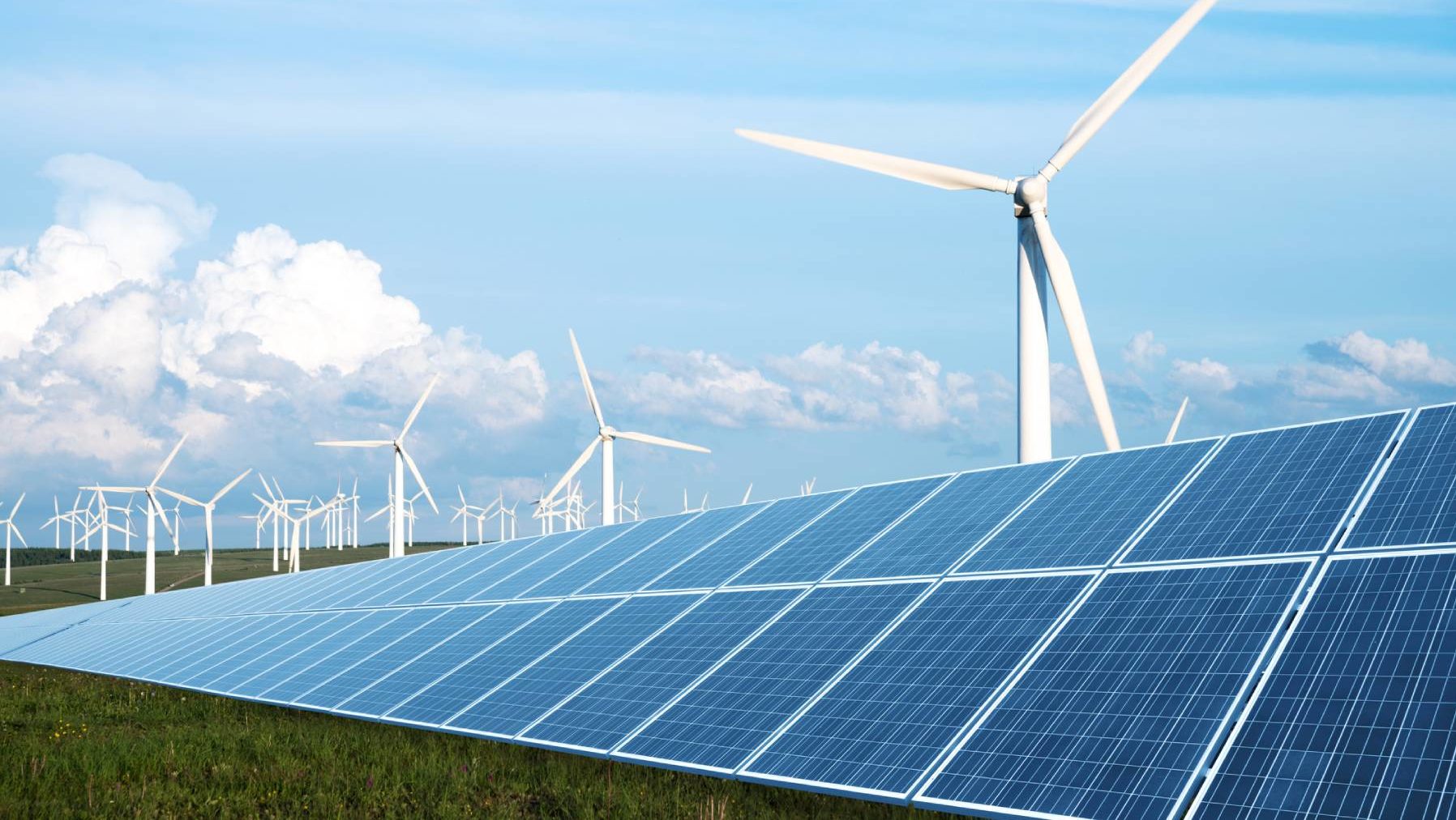About the event
In this event moderated by Margarita Cabrera, Manager of the Climate Financing Program for CCAP, DecarBOOST invited opinion leaders working in Latin America and the Caribbean, to reflect on the future of investments for the decarbonization of the region towards 2050:
- Graham Watkins, Chief of climate change division, IDB-Interamerican Development Bank
- Jack Balsdon, Senior Associate in Climate Change, de PRI – Principles for Responsible Investment
- Marcela Jaramillo, Senior Associate, 2050 Pathways Platform
- Marta Torres Gunfaus, Senior researcher on climate and energy, IDDRI – Institute for Sustainable Development and International Relations
Graham Watkins shared how the IDB approaches the issue of decarbonization and climate change action for the future. He invited us to think about long-term planning and how we are going to reactivate economies in a post-pandemic period. Graham shared some documents of interest, such as the 2025 vision that the IDB developed to help the countries of Latin America and the Caribbean to emerge sustainably from the crisis, from the pandemic; It would be useful to analyze the Climate Change Action Plan, which tries to link the concepts of alignment with the Paris Agreement with the concept of sustainable recovery. An analysis of what happened during the pandemic was recently published, showing shocking figures, such as 1.2 million people have died as a result of the pandemic, while the region has eight of the ten most affected countries in terms of per capita pandemic mortality.
But the pandemic brings us an opportunity to bring about fundamental change. For example, every dollar of investment in resilience can reduce $ 4 in future costs, which is key when we have to react to disasters. In a study we did with the International Labor Organization, it was concluded that 15 million net new jobs can be generated in the region through decarbonization. Decarbonization can increase economic growth by 1%. At the country level we are seeing the same results; In Costa Rica, we see that the net impacts have a value of 41,000 million dollars in 30 years, and not only this brings many opportunities for private sector investments: 19 billion dollars of opportunities for the private sector for the future. We just finished a similar analysis in Peru, in which we saw results of 140 billion benefits over time. So, and we are going to continue doing that type of analysis, it shows us that this is the direction we should follow, for all the benefits that decarbonization brings.
For Marcela Jaramillo, from 2050 Pathways Platform, not only that decarbonization is economically and technically feasible, but it also went from being a topic of debate to a reality in more than 130 countries that have committed to achieving zero net emissions by 2050; In the region, nine countries are working on developing their long-term strategies. It is a living process that deserves to be periodically reevaluated and to fill gaps. It is a complex process that will have questions that will have to be resolved over time.
Although when it comes to decarbonizing the entire economy, reducing emissions to net zero emissions, it may seem a bit abstract, you can think of the five pillars of decarbonization, which are often called that. Marcela raised the decarbonization of the electricity generation matrix as a good start, strongly expanding the use of renewable energy. The second and in parallel to the above, electrify all uses of energy, to make use of that renewable energy; for example, electrify transport, but also industry, homes; electrify the use of boilers, heaters or other elements that we can use with electrical technologies. The third step, which brings multiple development benefits, is to expand the use of public and non-motorized transport in our cities and regions, something essential to achieve decarbonization in time. The fourth step is to reduce deforestation and promote reforestation and restoration of carbon-rich ecosystems. And the fifth involves increasing the efficiency of the different processes, which includes, for example, changing the use of materials, or changing our diets to a less intensive consumption of meat. Thus, these five pillars show us in a synthetic way what it means to decarbonize.
Marta Torres Gunfaus, from IDDRI highlighted a research project, also supported by the IDB and the French Cooperation Agency and Platform, which basically proposes deep decarbonization routes for Argentina, Ecuador, Costa Rica, Colombia, Peru and Mexico, which In addition to showing that decarbonization is technically and economically feasible, it defines the implication of choosing one or the other route.
The routes of deep decarbonization put development first and with it the reduction of poverty and inequalities, and then any other objective, be it national or sectoral, that the country may have. In practice, it is not an exercise in identifying mitigation measures from a baseline and going down, but rather trying to understand how to transform the economy to meet multiple objectives. Therefore, a decarbonisation that does not go hand in hand with these priority development objectives has no place. It is possible to find measures so that the costs of the transition do not fall on the most vulnerable populations or the most disadvantaged social classes. We have been able to verify the importance of what the Intergovernmental Group of Experts on Climate Change – IPCC and science had already warned us: the magnitude of the challenge demands a lot of international cooperation, which is not enough to do the maximum possible in each of the countries , but we have to somehow achieve that the total of our intervention is more than the sum of the parts.
Jack Balsdon, from PRI – Principles for Responsible Investment, stated that in the private sector we are seeing a massive shift in momentum, in terms of the number of actors, who are committing to climate goals and decarbonizing their own portfolios; sample of what is happening in the private financial sector right now, is the global campaign that has been established by the UN on the advocates of high-level climate action called the Race to Zero or Race To Zero, a campaign designed to catalyze the net zero commitments of all actors in the economy and which seeks that investors, companies, cities must catalyze the net zero commitments that are credible.
These actors have declared commitments of net zero by 2050, they have committed to implement a strategy to outline how to achieve it. We are seeing a massive shift in the number of private sector players that are engaging through the Race to Zero, which is great progress. 250 financial institutions have pledged to be part of the Race to Zero campaign. And they are commitments from all aspects of the financial system: asset owners, insurers, pension funds, endowments, sovereign wealth funds, asset managers, banks and insurers. So we’re starting to look at all areas of the economy, starting to make commitments for decarbonization, and the transition to net zero, which is really important.
But of course, for capital to flow, we also need governments to make amends, because investors often wait for governments to give political signals, which then gives investors confidence to invest in the transition. So investors ask governments for a number of things. And, of course, the main one is that they update their NDCs before the COP, with ambitious NDCs and a clear strategy on how they are going to achieve it. So we need ambitious NDCs that will put us on the path to achieving net zero by 2050. But we also need more detailed policy implementation strategies on how we are going to achieve those NDCs. The financial sector is asking governments for initiatives such as the elimination of fossil fuel subsidies to allow capital to flow towards clean energy infrastructure, goals for phasing out thermal coal, goals for phasing out motor vehicles from internal combustion, etc. We have to think about a just transition, in which all communities and workers should not be left behind. These are the tasks that investors ask governments to give them the confidence to invest in the transition.




